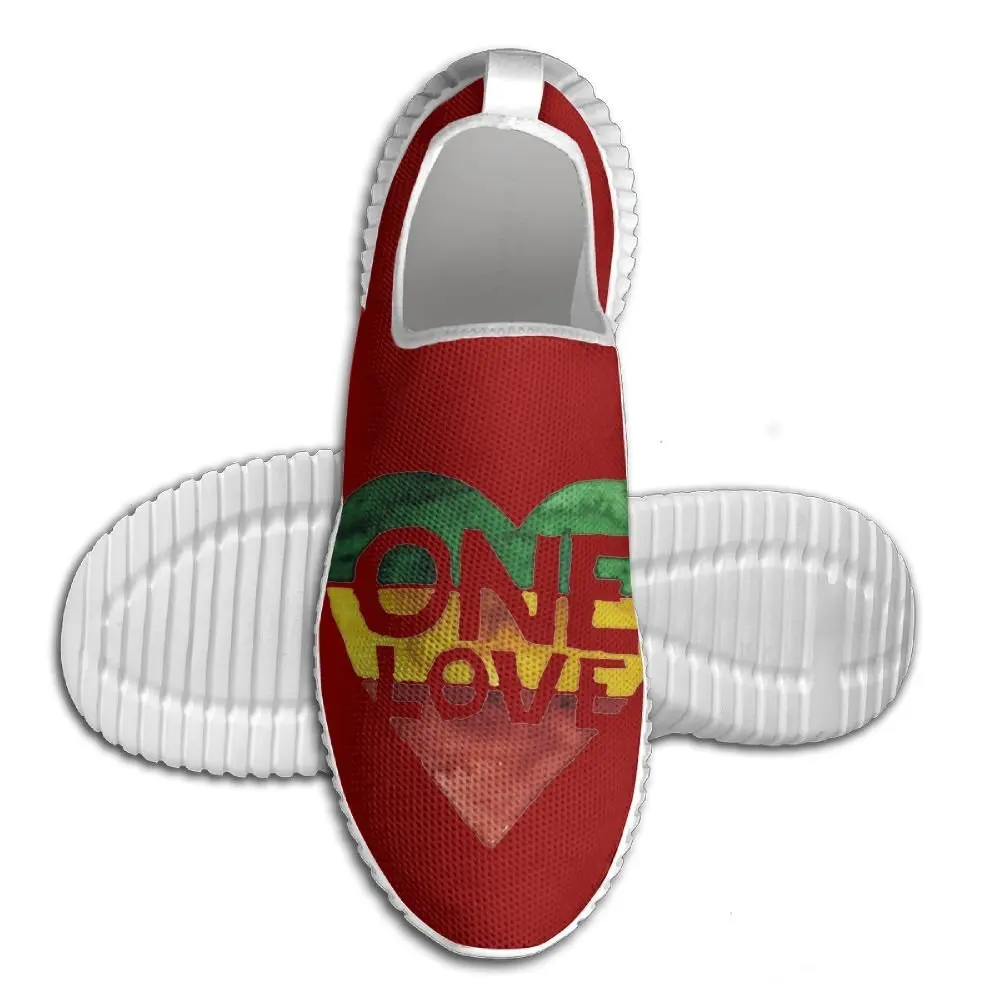
adidas wanted to unveil their revolutionary boot on the world’s biggest stage, but there was a bit of a problem. The 1950 FIFA World Cup in Brazil was on the horizon, and the calendar for the global showpiece was slated for three weeks from late June to mid-July. adidas crafted a boot made up of a Kangaroo leather upper and placed it on an innovative and unprecedented gum outsole which perfectly offered ground traction. As such, this moved adidas to develop a sporting item that would aid playing and training on frozen grounds effectively.

Prior to the Samba’s existence in the early-mid 20th century, players found it difficult to play on icy pitches, as the standardized boots of that era lacked the edge to firmly grip playing surfaces. Genesis and Name Origins The very first Samba, released in 1950, was designed to provide traction on icy pitches. Seventy years later, it remains as popular as ever. Yet, many believe that the adidas Samba football history starts and stops with it being an indoor shoe, when in reality its origins are much icier in nature.ĭesigned in the late 1940s by adidas founder and namesake Adi Dassler, the first Samba was crafted for use specifically to provide traction on frozen grounds. The current iteration of the Samba, which has become an icon of classic design. For adidas, you have the Superstar and Stan Smith, but perhaps most important of all is the Samba. Today it’s a staple of lifestyle wear especially in casual culture, but we all know the sneaker has technical roots within the beautiful game. We trace back the adidas Samba history from its origins in 1950 to its latest adaptations seven decades later.Įvery great brand has a handful of classic designs that it will forever be associated with. With roots in football, the sneaker has transcended the beautiful game thanks to its classic styling and cultural importance over the years. And don't discount TikTok's red-hot algorithm and Instagram's Explore Page for supercharging a general-release silhouette.Turning 70 years old in 2020, the Samba is the longest running adidas shoe in existence. We've also seen both shoes on stylish dudes like Jonah Hill, Paul Mescal, Frank Ocean, Seth Rogen, A$AP Rocky, and, they were hits in womenswear, too: just look to the likes of Bella Hadid, Kendall Jenner, Dakota Johnson, and more. The buzz and demand for those limited-edition collabs have only driven up the desirability of their general release counterparts. First, both Birkenstock and Adidas have used the styles in multiple fashion collaborations, including with labels like Rick Owens, Jil Sander, and Stüssy (for the former) and Wales Bonner and Pharrell Williams' Humanrace (for the latter). That's only sort of the case for the Boston and the Samba. In the world of hyped-up sneakers, popularity is driven by newness, celeb co-signs, and scarcity. So, how did the year wind up belonging to these two unflashy footwear styles?

While it isn't a total shock to see either footwear style on the list- GQ wrote about the Summer of the Samba, while The New York Times reported on the nationwide shortage of the Boston-we finally have hard data that these two trends are legit. The past two Lyst Index reports, which filter through social media mentions alongside searches, page views, and more, have listed Birkenstock's beloved cork-soled clog and the sporty Three Stripes trainer as the "Hottest Products" going. Now, though, the latest report from the fashion retailer and data repository Lyst backs it up with data: it's been a massive year for Bostons and Sambas alike. Both styles were inescapable when scrolling through social media, and they kept showing up on stylish folks from all corners of the celebosphere. At first, it was one of those things that just felt true, even if you couldn't quite put your finger on why or how. For a few years now, it's felt as if the Birkenstock Boston and the Adidas Samba were both skyrocketing, becoming seemingly more popular by the season.


 0 kommentar(er)
0 kommentar(er)
